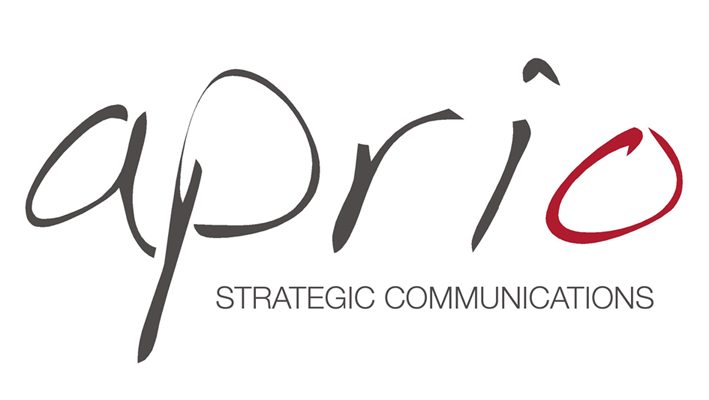The difference? Stories rely on the intended audience to develop their own imagery and detail to complete and, most importantly, to co-create, whereas content does not. Content is primarily created in the internal mind of the content originator, with no heed to the mind or to the context of the audience.
The truly great storytellers have long embraced the fact that the most powerful stories happen in the mind of the audience, making each and every story unique and personal for the individual. They also understand that stories are important because they are inherent to the human experience. Stories are how we pass on our accumulated wisdom, beliefs and values. They are the process through which we describe and explain the world around us, and our role and purpose in it. Audiences have always known this and asked for stories—they’ve never asked for content.
As the German literary scholar Wolfgang Iser noted: “No tale can ever be told in its entirety.” His reader-response theory “recognizes the reader as an active agent who imparts ‘real existence’ to the work and completes its meaning through interpretation.”
It is this acceptance of the concept that we cannot—nor should we try to—tell any story in its entirety, and the subsequent embrace of the mind of the audience in co-creating our story that is the vital step we need to make if we are to truly resonate emotionally with our audience.
But why does it really matter?
There is little hesitation in knowing we operate in a cultural and technological world where consumers know everything about a brand, from who owns it to where and how products are manufactured and sold. As a result of this, companies are now evaluated by much more than their products. We are in a world where a brand’s values and the emotions they evoke are narrative material.
This presents marketers with an amazing opportunity, as the most powerful way to persuade someone of your idea is by uniting the idea with an emotion. It’s indisputable that the best way to do that is by telling a compelling story.
But we need to recognize that it demands insight and skill to present an idea that packs enough emotional power.
A couple of examples—one old and one new—of great storytelling. The legendary Steve Frankfurt, who is credited with creating the tagline “In space no one can hear you scream” for the 1979 movie Alien, clearly understood the role of co-creation in telling stories. This line created a world for the imagination to populate. It allowed the audience to put themselves in the story and co-create its own sense of claustrophobia, fear and isolation. It was simple and comprehensible yet gave clear direction and meaning. It perfectly captured the idea of the brand (or in this case, movie), teasing us as to what the film would deliver and at the same time aligning perfectly with the experience of it. It was a story in its own right.
More recently was Intel’s The Beauty Inside, a “social movie” that centered on a guy named Alex who wakes up every day with a new face and body. While there were many reasons to applaud this work, it was the central notion itself that drove its success. As director Drake Doremus says, “The story was exciting to me. The idea of waking up in somebody else’s skin every day but being the same person on the inside … was some territory I was interested in exploring.” This is equally true of the audience.
When we start to program a brand, we need to understand its full narrative and which parts of the story we need to create, which to co-create with the audience and which to leave to allow the audience to impart and complete their own meaning.
Despite the great work mentioned here, I don’t believe this subtle yet vital shift is one that the majority of people in our business clearly understand. How we embrace this difference between content and stories and then bring true storytellers into our world will be the key to the future success of our industry.
Content is dead. Long live storytelling.
